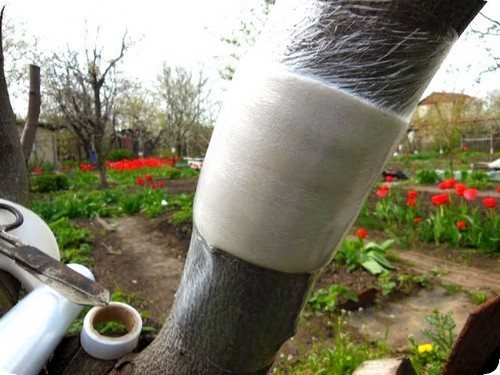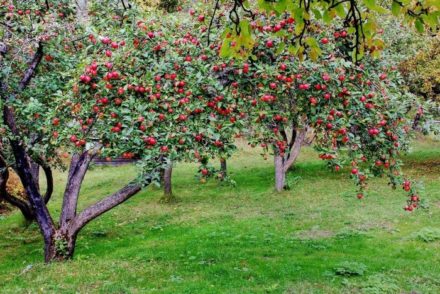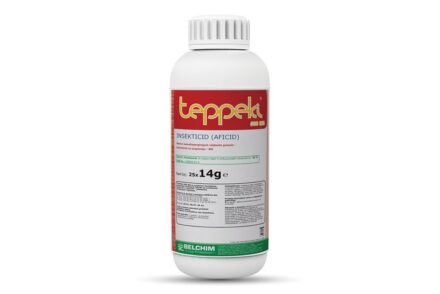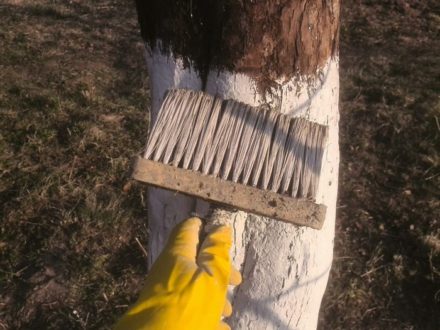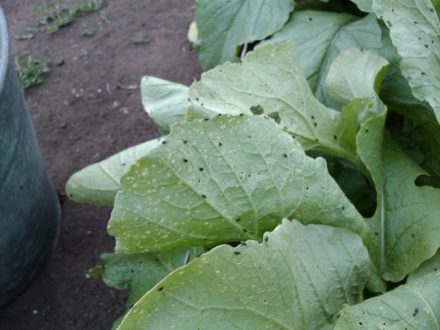Garden pests can ruin the harvest and completely destroy trees. To protect against such insects, you can use a hunting belt and other means. Preventative spraying, tillage and weed control also affect the health of trees.
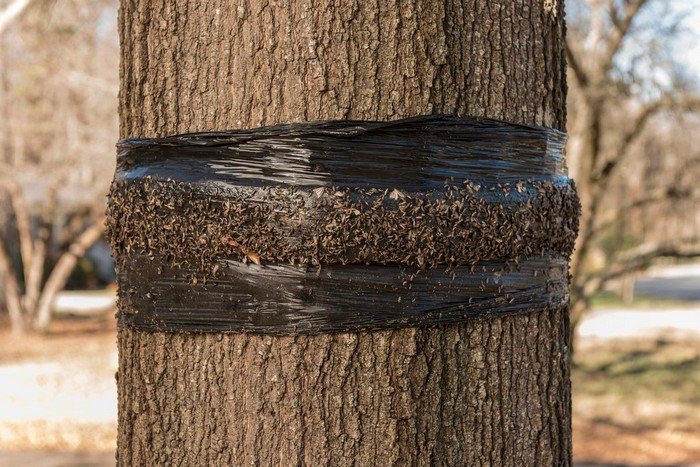
Hunting belt
The catching belt prevents the movement of insects along the tree trunk. The products are pressed tightly against the bark and allow pests to pass only through the viscous or toxic substance. Thus, insects are retained on the belt or destroyed. Protective equipment should be inspected regularly and any accumulated beetles should be removed.
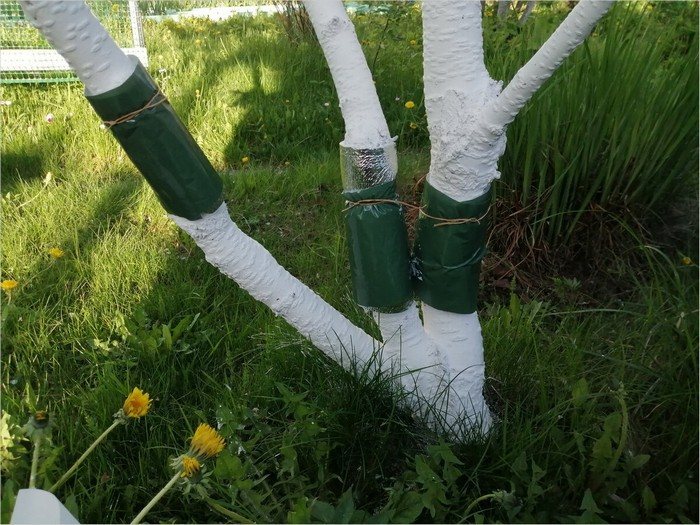
Methods for installing catch belts:
- At a height of 40–60 cm from the ground, the trunk is wrapped with cloth or film. Then Pestefix, solid oil or another product is applied to the material. The width of the strip is at least 10 cm.
- Instead of an adhesive, an insecticide can be applied to the film to kill pests.
- Double-sided burlap funnel. The trunk is wrapped with this material and tied in the middle. A poisonous substance is applied on top. The pockets formed at the top and bottom are filled with clay to close the passage for insects under the burlap.
There are many other ways to make hunting belts.
Biological protection
All pests have natural enemies that live in nature. These include birds, predatory insects and disease-causing bacteria.To create effective biological protection, beneficial birds and insects are attracted to garden plots.
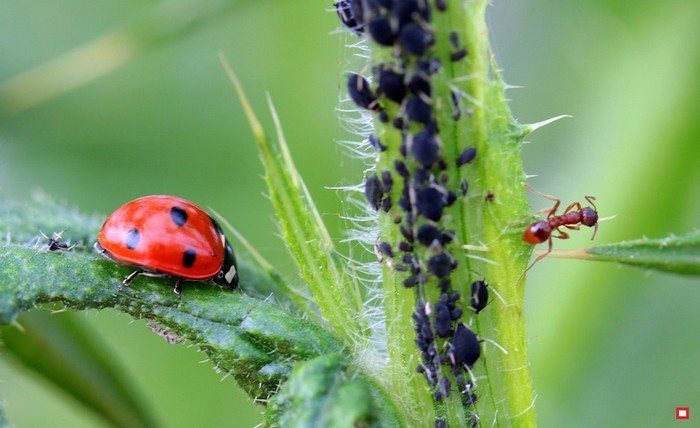
This method does not require the use of toxic chemicals, so biological protection is considered environmentally friendly.
Beneficial insects for protecting trees:
- Red forest ants. The bulk of their protein food consists of other small insects. Ants are good at protecting trees from damage.
- The seven-spotted ladybug is very effective against aphids. To attract them, you can plant dandelions, yarrows and other umbrella plants in the garden.
- Lacewings eat aphids, mites, scale insects, psyllids and other garden pests. They are attracted to the garden in the same way as ladybugs.
There are many other types of insects that are beneficial to the garden. To attract them, you can use bitoxibacillin, entobacterin and dendrobacillin.
Chemical spraying
Treatment of trees with chemicals is carried out for prevention.
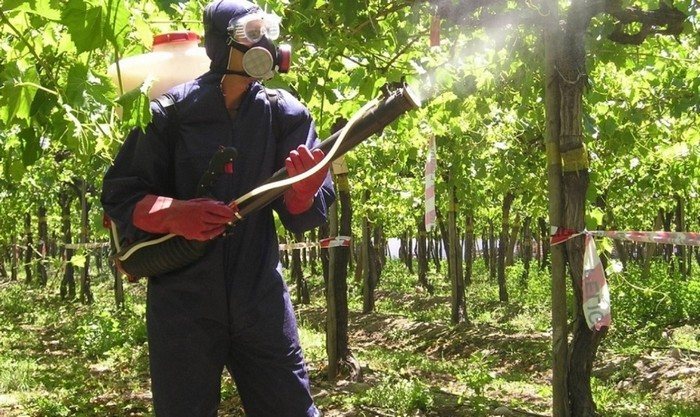
To ensure effective protection, spraying is carried out several times a year:
- The first treatment is carried out in early spring before the buds open.
- The second stage is carried out immediately after the first leaves appear.
- The next spraying is carried out after flowering has stopped.
- The last treatment is carried out immediately after the leaves fall.
Preparations:
- Fufaphone.
- Urea.
- Copper sulfate.
For the last spraying, general action agents are used that prevent pests from hiding under the bark before the cold weather.
Agrotechnical measures
This method of protection involves general garden care.
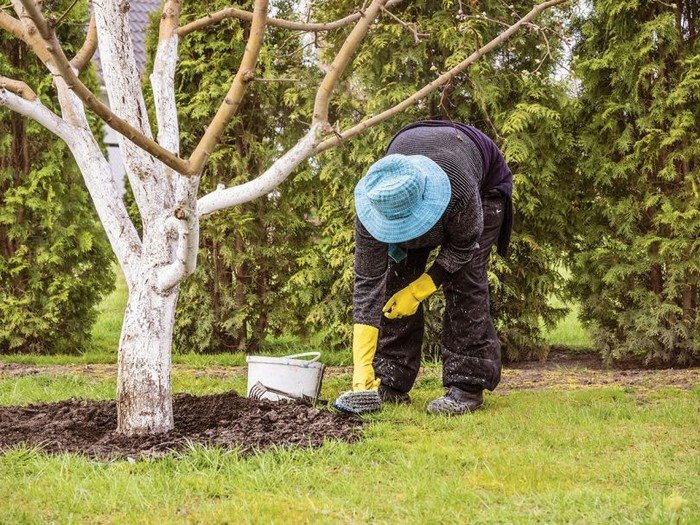
The set of measures includes:
- Choosing a suitable location for planting trees.
- Regular tillage.
- Application of fertilizers.
- Trimming dry branches.
The area must be promptly cleared of weeds on which pests develop. Some types of insects grow in the ground. To prevent their occurrence, you need to treat the soil in a timely manner. Foliar feeding can be carried out for preventive purposes. To do this, trunks and branches are treated with vitamin-mineral products and organic preparations.
The catching belt is an effective means of protection against pests. However, for better preservation of trees, it is necessary to take a set of measures aimed at exterminating insects. Therefore, before installing traps, it is recommended to treat the soil in order to destroy the embryos, the first stages of development of which take place in the ground.


